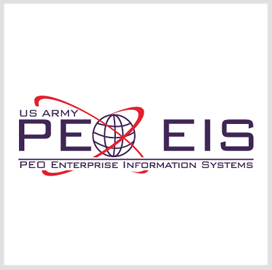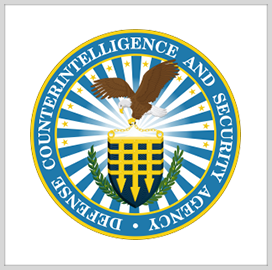U.S. Army Program Executive Office Enterprise Information Systems and the Office of the Deputy Assistant Secretary of the Army for Procurement have rolled out a new capability for the Army Contract Writing System — a.k.a. ACWS — the service’s enterprise contract writing and management system.
The new capability enables ACWS to integrate with the General Fund Enterprise Business System, or GFEBS, the service’s web-based financial management system, according to a news article posted Tuesday on the PEO EIS website.
Commenting on the new capability, Rick Harris, acting product manager for ACWS, said the GFEBS integration “will help us deliver innovation, adaptability and efficiency for total force readiness.”
Maria Dunton, ACWS lead for the Office of the Deputy Assistant Secretary of the Army (Procurement), said, “By enabling the Army’s largest financial management system to integrate with our new contract writing system, we are able to reach a significant moment that this program has long talked about, in providing our users the capabilities they need and deserve.”
ACWS was launched in July 2023. Its user base has expanded from a small group of contracting offices to about 1,700 following the latest capability release.












